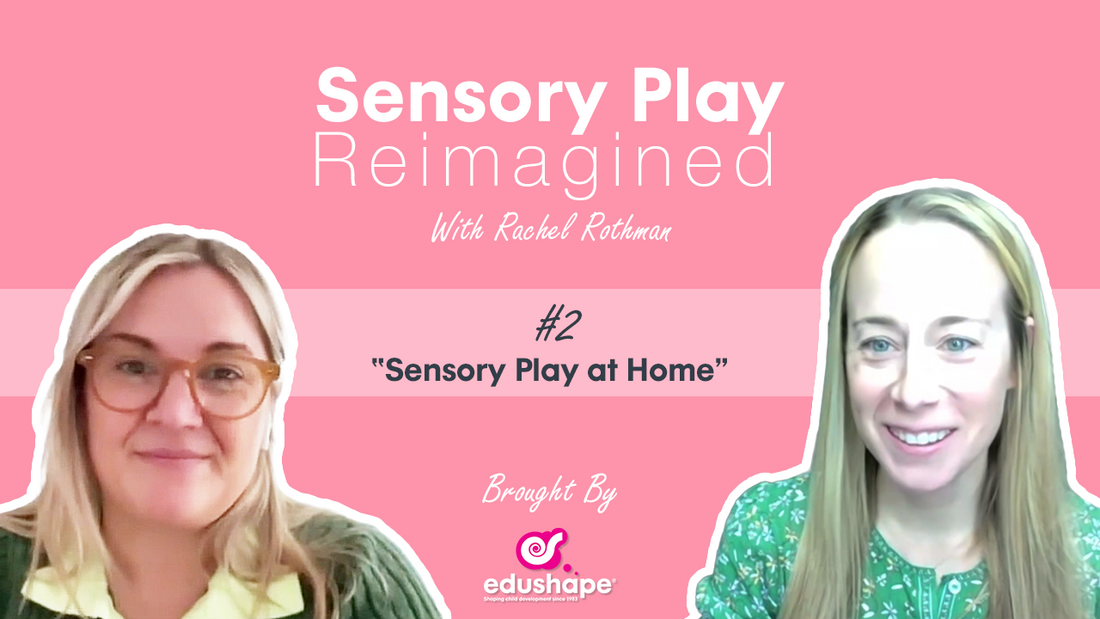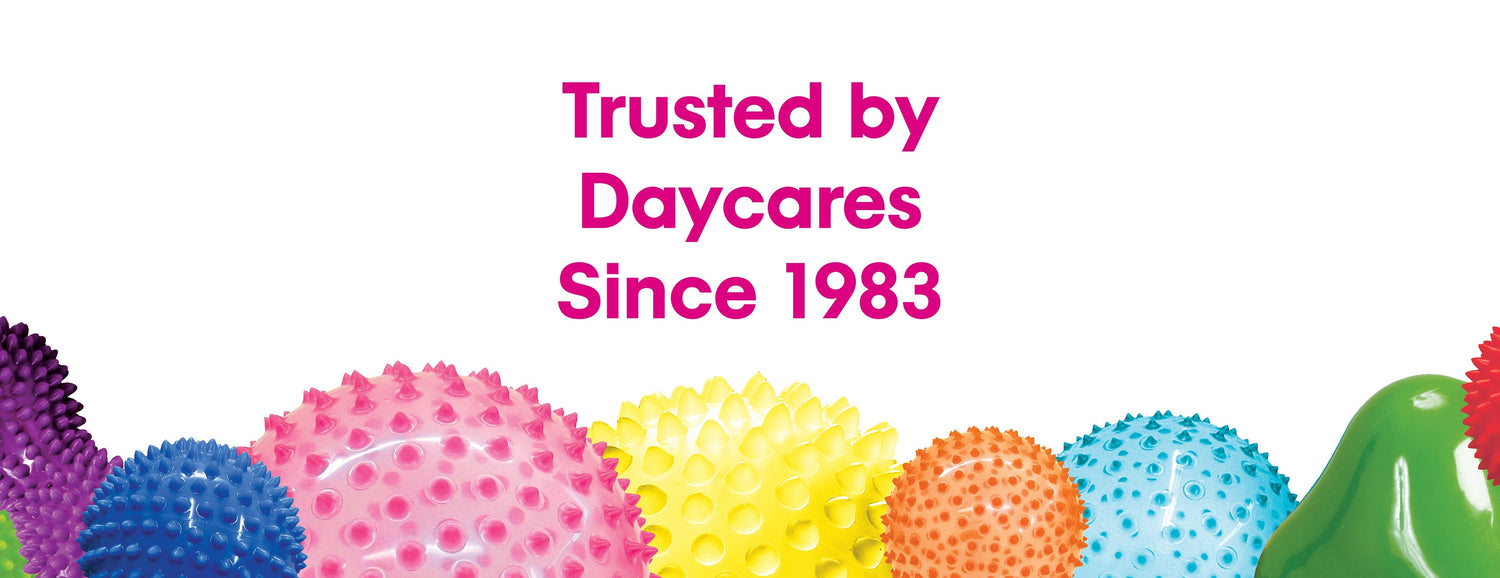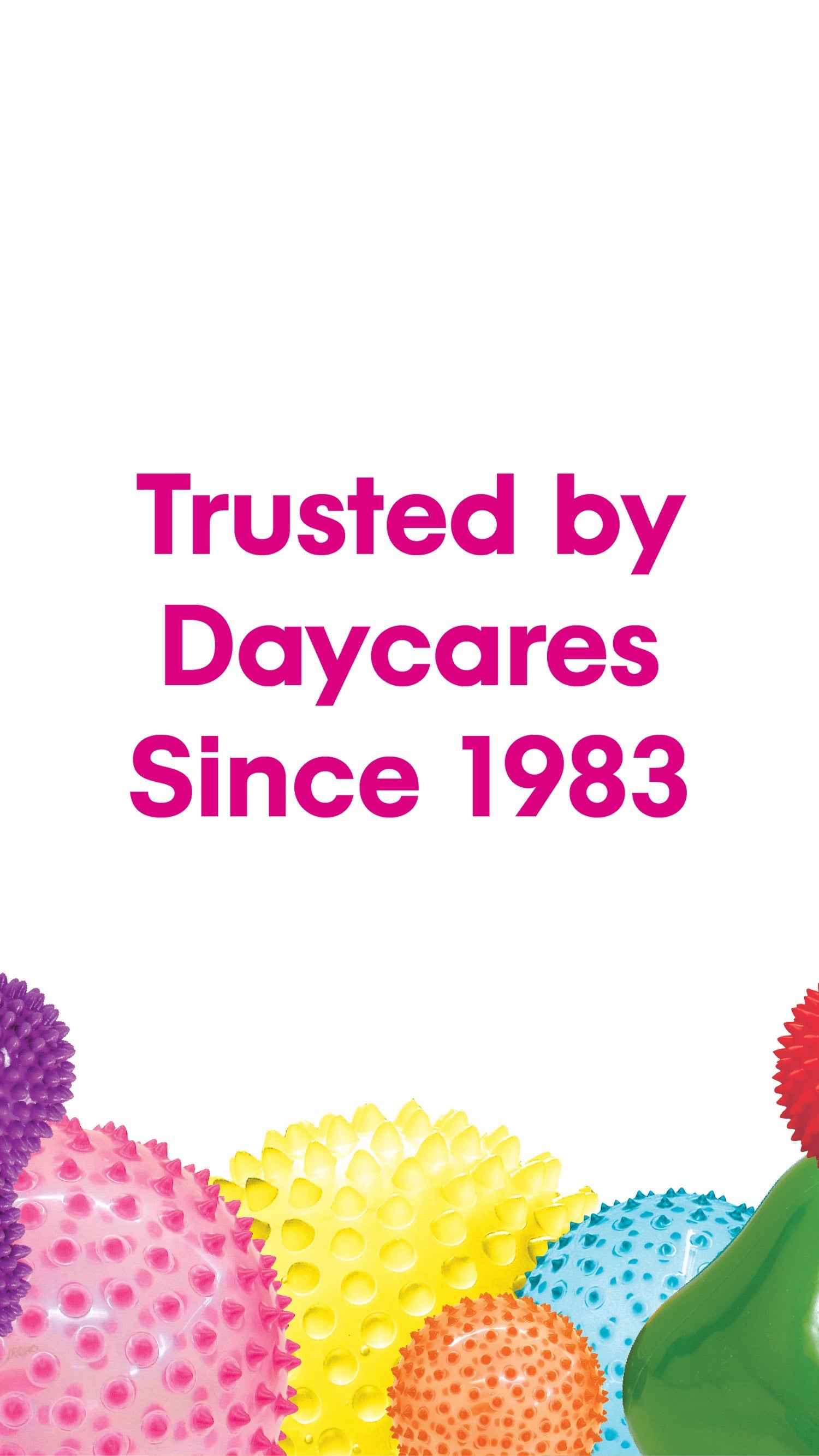Sensory Play at Home. Creating a Sensory Oasis
This is an excerpt from Sensory Play Reimagined, Episode 2 “Sensory Play at Home” – a podcast exploring how Sensory Play can help unlock your child's development and wellbeing potential. Hear the full episode here.
Question by Rachel Rothman, host
Do you mind talking through, when you come into a new space, what is it that you’re looking at? What does that process look like?
Answer by Rebecca Thomas, Special Educator & Play Group Facilitator
Of course. The first thing that I do is I want to play with the children because I want to see what their interests are. What are their sensory needs? What are their strengths? What are they working on? Where do they feel comfortable? Which we can all do at home. What I do is I come in, and I get to know a child and see how they play.
And then I look at their space and see how it's being utilized. Are they feeling really comfortable? And do they have a space to kind of climb into and be by themselves and have quiet with less visual stimulation, if that's what they're looking for? Then I want to make sure that we're providing that in spades. If I have a child who lives visual stimulation, then I want to have a lot of choices available everywhere, so that they can see and know and plan with whatever is in their environment.
And, once I get to know what our children are doing, and how they're playing and how they're connecting with the material, that's what I'll start to plan.
[Answer continued in the Episode]
Question by Rachel Rothman, host
You just described a handful of types of play. Do you mind breaking those down?
Answer by Rebecca Thomas, Special Educator & Play Group Facilitator
Yes, of course. One model that we are always using is when we're thinking about our social skills and how our children are developing their play and social skill. We oftentimes talk about parallel play and collaborative. But we have so many steps that were missing in between the parallel and collaborative.
We start out with independent solitary play where a child is this is when we see a lot of sensory play, when we're exploring materials and how they feel. If we can spin them around, you might see some positive effects play when children are involved in solitary independent play. Age doesn't always matter. Some of the groups that I work with the children are 8 to 10 years old, and they are still participating in independent way. And if they need to be an independent play, I need to see that and offer the sensory material that they need to explore their environment and the materials around them.
After independent play that will move into onlooker play, where we're watching what's happening in the world around us. A very, very important step in play development is to be able to watch and see what everybody else is doing. During that time, I like to have a lot of materials like cause and effect like the old cars, and the marble run, because they are so engaging to watch. And they're so interesting that we can watch them and then we might move into a little bit of associative play where we want to try that but we're not going to play with you, but we want to do it next to you. So I'm going to sit next to you and use those materials.
And then they're going to try parallel play. “Oh, wow, you put the, when you put the slanted marble rug piece, it went really, really fast, I'm going to try that.” And then they'll take a slanted piece and put it around.
We're building towards collaborative play. We get into collaborative play, when we start saying, “Hey, my slanted piece, did it work. And I want your funnel piece because that looks really cool.” And then we have to say, “Can I have that, I want that, can we put this together. If we use all the marble run pieces together, we'll have a bigger marble run, wouldn't that be so great”, but it takes a lot of building blocks to get there.
And we need to be really mindful of that when we're incorporating the materials and the toys in our home. And the way that we organize them. So you know, when you have children of different ages, you're going to have children who are participating in different stages of play development. So it's another thing to kind of think about.
Other topics in the Episode:
- How to support any play style. All play is OK
- How to set-up sensory-safe environments for multiple children
- How to create flexible play spaces
- Importance of parental participation in coregulation (and what it is), etc.
Listen here and follow for more episodes on Sensory Play.



